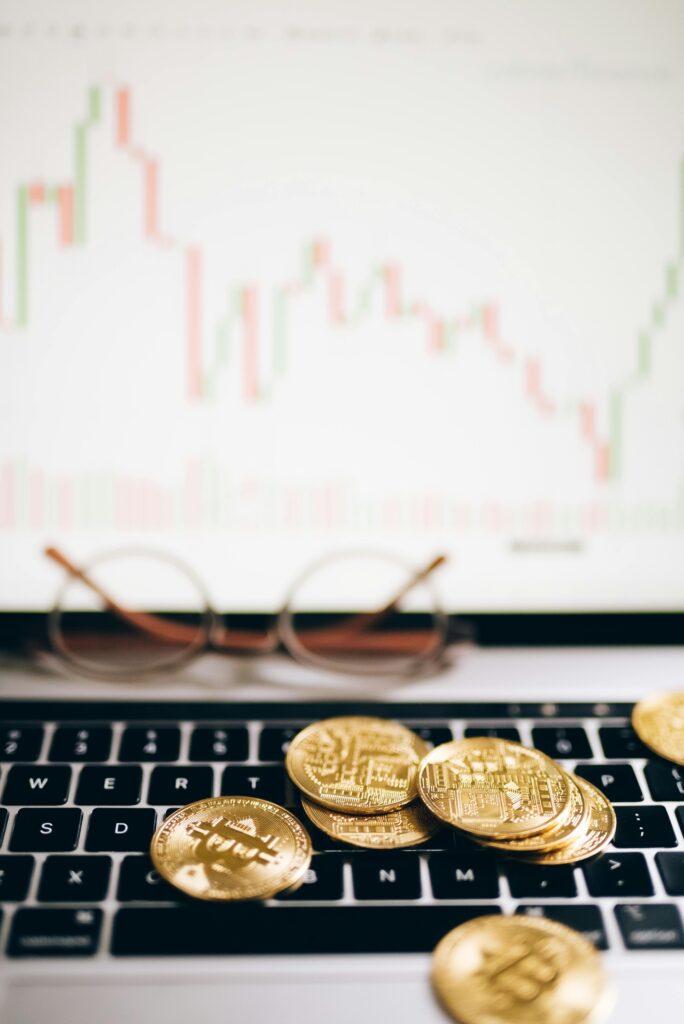💠 Tokenized Funds: The Next Revolution in Asset Management
Over the past decades, financial technology has continuously reshaped the capital markets. From online trading and mobile payments to robo-advisors, every wave of innovation has challenged existing rules and ecosystems.
Today, the buzzword in asset management is tokenization. And at the center of this movement are tokenized funds, a concept that could fundamentally transform the relationship between investors, fund managers, custodians, auditors, and regulators.
1️⃣ What Are Tokenized Funds?
A tokenized fund represents traditional fund assets—such as equities, bonds, real estate, or even art—through digital tokens recorded on a blockchain.
Each token reflects an investor’s ownership in the fund, with key features including:
🔹 Uniqueness – Each token directly represents a portion of the fund.
🔹 Traceability – Transactions are transparently recorded on a blockchain.
🔹 Divisibility – Token units can be fractional, lowering investment entry barriers.
🔹 Automation – Smart contracts facilitate subscriptions, redemptions, and distributions.
At its core, tokenization is not replacing funds but upgrading the way fund ownership and transactions are recorded and managed.
2️⃣ How Do Tokenized Funds Differ from Traditional Funds?
💳 Transactions and Settlement
🏦 Traditional funds: Settlement may take T+1 to T+3 business days.
⚡ Tokenized funds: Near-instant settlement via blockchain.
💰 Investment Thresholds
🏦 Traditional funds: High minimum subscriptions (e.g., $10,000 or more).
⚡ Tokenized funds: Fractional ownership allows participation with smaller amounts.
👁 Transparency
🏦 Traditional funds: Investors rely on periodic reporting.
⚡ Tokenized funds: Investors can monitor holdings and transactions in real time.
3️⃣ Benefits of Tokenization
👨👩👧 For Investors
✅ Enhanced transparency with immutable blockchain records.
✅ Improved liquidity, with potential for secondary market trading.
✅ Lower barriers to entry, opening access to high-value funds.
👨💼 For Fund Managers
✅ Lower operating costs through reduced manual reconciliation.
✅ Faster processes for subscriptions and redemptions.
✅ Stronger risk controls via automated compliance checks.
🌍 For the Market
✅ Expanded asset classes (e.g., real estate, private equity, collectibles).
✅ Reduced frictional costs in custody and clearing.
4️⃣ Who Will Be Affected?
🏦 Custodian Banks – Some traditional roles may be reduced, though new opportunities may arise in digital asset custody.
📊 Auditors & Accountants – Less manual reconciliation, but growing demand for blockchain audit standards.
📡 Fund Distributors – Decentralized platforms may bypass traditional distribution channels.
👤 Retail Investors – Direct beneficiaries of fractional investing and faster transactions.
5️⃣ Risks of Tokenized Funds
⚙️ Technology Risks
❗ Smart contract vulnerabilities or blockchain hacks.
❗ Investor errors in managing wallets or private keys.
💧 Liquidity Risks
❗ Despite the potential for secondary trading, insufficient participation may limit liquidity.
📜 Regulatory & Legal Risks
❗ Varying definitions and regulations across jurisdictions.
❗ Tokens may be classified as securities, triggering complex compliance requirements.
📈 Market Manipulation Risks
❗ In lightly regulated environments, risks of price manipulation or insider trading may increase.
6️⃣ How Should Regulators Respond?
⚖️ Clear Legal Frameworks – Define tokenized funds’ legal standing.
🛡 Technical Standards – Require smart contract audits and blockchain security protocols.
📚 Investor Protection – Provide education to ensure investors understand wallet and key management.
🔐 Hybrid Oversight – Retain essential custody and audit functions to reduce systemic risks.
🌐 Cross-Border Coordination – Tokenized assets are inherently global, requiring international cooperation.
7️⃣ Looking Ahead
Tokenized funds represent evolution, not disruption. They will likely coexist with traditional funds for years, while gradually reshaping markets:
🏠 Real Estate Tokenization – Opening high-value property projects to smaller investors.
📈 Private Equity Tokenization – Enhancing liquidity for traditionally illiquid assets.
🌍 Cross-Border Funds – Reducing costs in FX and clearing.
In the next 5–10 years, we may see:
🚀 Traditional funds transitioning into tokenized models.
🏗 New entrants building tokenization-first asset management platforms.
💡 Investors enjoying greater flexibility, transparency, and inclusion, while facing new operational and regulatory challenges.
🔚 Conclusion
Tokenized funds stand at the intersection of financial technology and asset management. They promise transparency, efficiency, and broader access—but they also demand new regulatory frameworks and a higher degree of investor awareness.
They are not a passing trend. For investors and institutions, understanding tokenization today is a step toward seizing tomorrow’s opportunities.
👉 For more insights like this, follow my website for a better reading experience and future updates.


